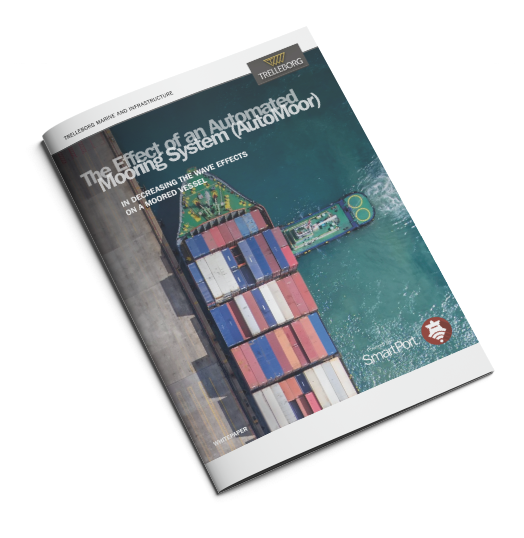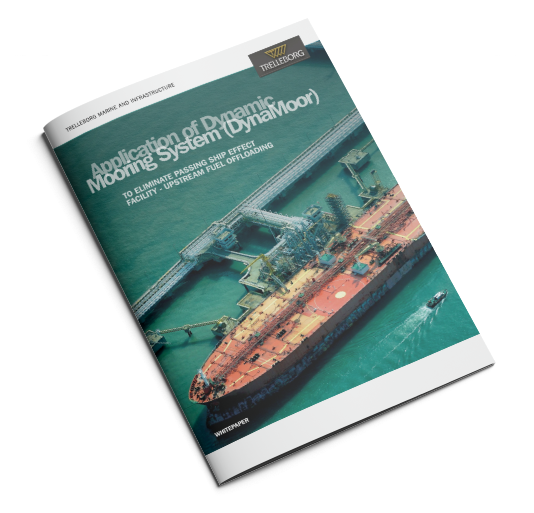Speak with a Sales Expert
A Balancing Act / Chapter 1: Finding the Right Balance / Chapter 2: To Invest or not to Invest / Chapter 3: The Automation Effect
How ports are already using automation to extend their window of operationality.
“Ports and berth operators are much more interested in berth warning systems and looking at new ways to mitigate risk.”
Dr. Terry O’Brien, founder & executive director, OMC International
Technology is now firmly identified as a key differentiating factor in enabling ports to operate as efficiently as possible and to enable them to move to the next level of performance. ‘Big Data’ is a well-understood term, but it’s also about ‘Thin Data’ – connecting the most critical data points together across port operations to allow truly actionable and effective insights to be derived. Think of it as the Team INEOS approach to improving Docking and Mooring, it’s not one big thing that will enhance operational performance but the sum of lots of incremental improvements.
Automating mooring
In today’s changing landscape, automated docking and mooring systems are an important part of delivering revenue while enhancing safety to mitigate risk. New technologies are being developed around increasingly accurate computer modelling for mooring systems, modelling that includes full-scale validation and testing and that is fully able to take into account larger vessel sizes. The mooring line layout is typically designed to have certain angles to work effectively, but as ports accommodate ships with much bigger and longer dimensions onto traditional structures, these typical mooring line arrangements are no longer effective. This means less than ideal mooring configurations that both reduces the capacity of services and has safety implications.
In addition, in areas where large tidal ranges are in play, such as Europe, maintaining continuous tension on the mooring line is challenging. This is where the introduction of more automated mooring systems can again be of benefit, making it easier to monitor and handle multiple lines under tension throughout the (off)loading process, or in the case of rope-free automated mooring systems, not needing to use mooring lines at all. Automation can also help to mitigate the lack of global standards around mooring line quality, including disparities between guaranteed minimum breaking load and actual breaking load, and to prevent the parting of ships’ lines and the subsequent damage.
Extending operationality
As automation extends into the different aspects of the port environment, the industry is becoming more receptive to open technologies that can work together to optimize operations. This includes berth warning systems for safer mooring that model vessels at berth and accurately take into account forecast conditions such as swell, sea and long waves to determine the safe limits of that berth over the next few days. This enables the berth to be cleared before an unsafe environment occurs in order to reduce risk and, conversely, allows operations to continue through more accurate forecasting.
“Introducing new technologies enables port operations to reduce expected downtime.”
Dr. Terry O’Brien, founder & executive director, OMC International
Combining a mooring warning system with an automated mooring system further enhances effectiveness by enabling port operations to continue in a greater range of conditions. Dynamic, automated mooring technologies can hold the vessel tightly at the wharf, arresting any momentum and deploying real-time monitoring and adjustment of mooring tension to expand the window of operations for product transfer. Relevant to all port operations, industry sectors such as LNG which cannot afford large movements and oscillations due to stringent standards and inherent risks, can benefit particularly from this type of innovative docking and mooring solution.
In conclusion
Using data-enabled docking and mooring equipment gives port operators and owners a thorough understanding of performance and operational optimization opportunities to enable safer, more efficient and sustainable cargo transfer.
Discover Trelleborg Marine & Infrastructure’s docking and mooring solutions here


